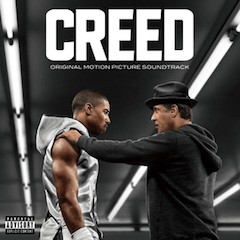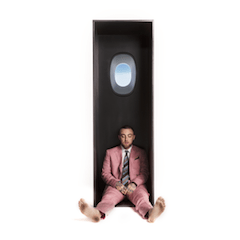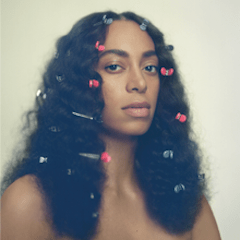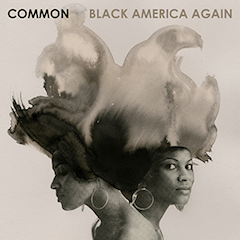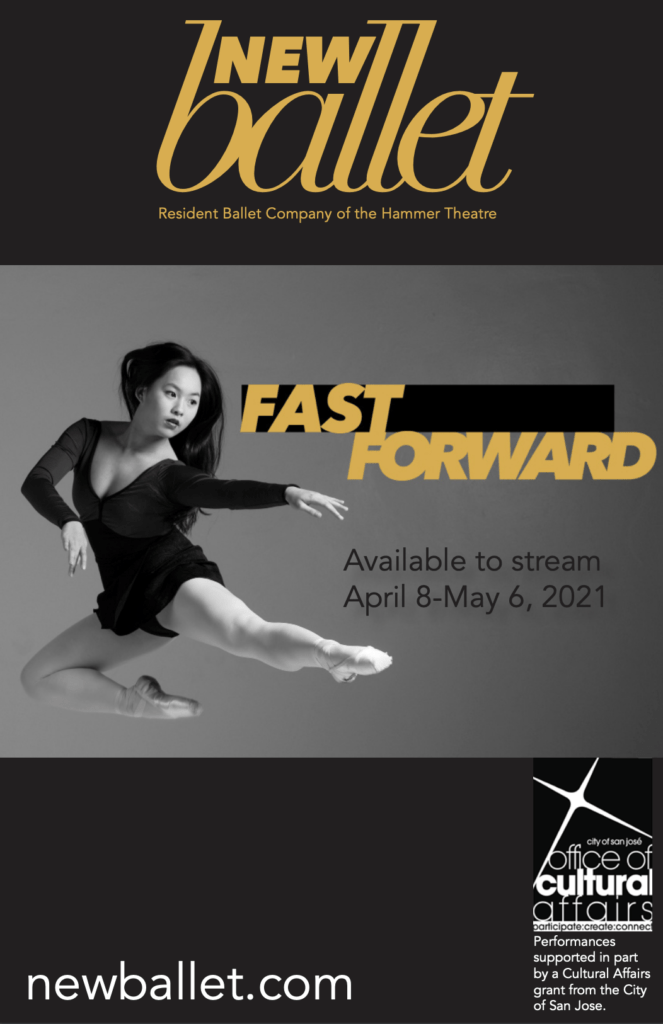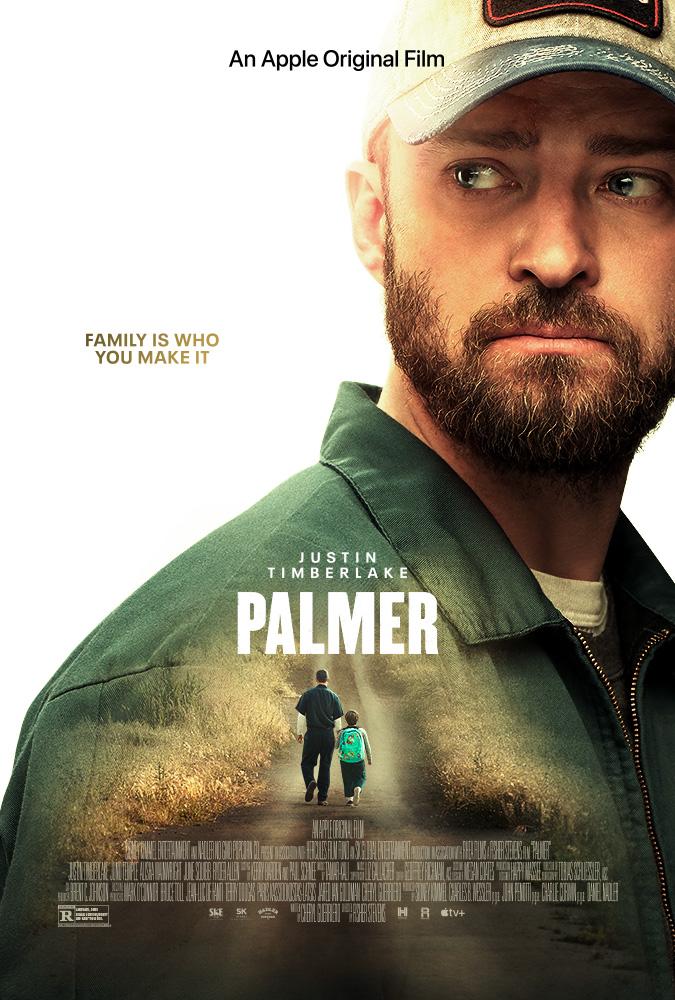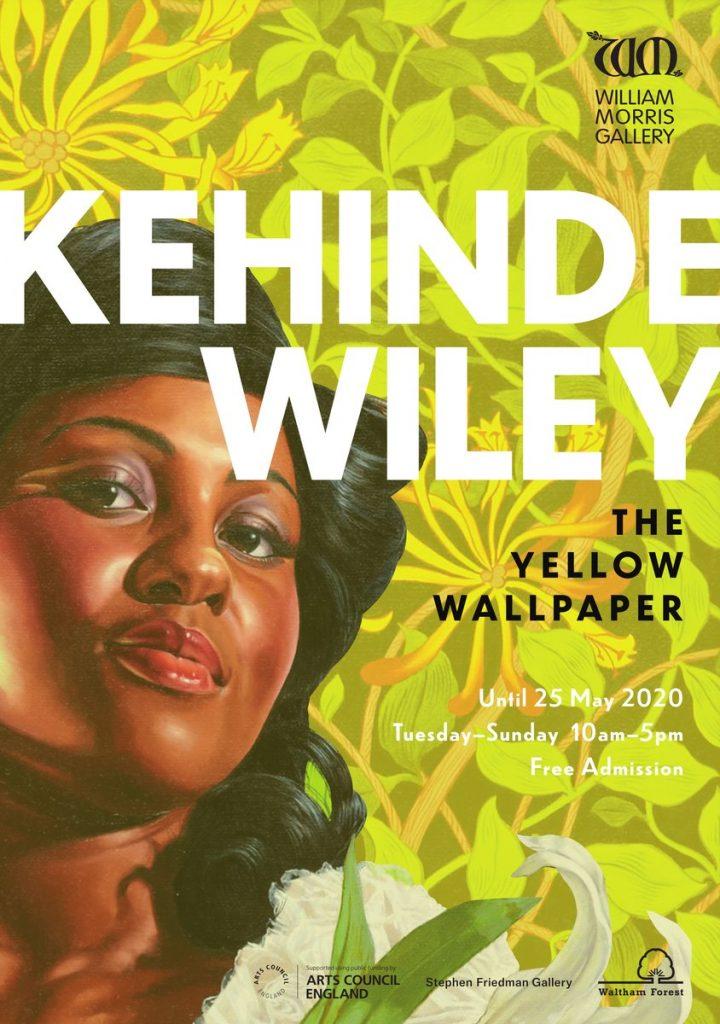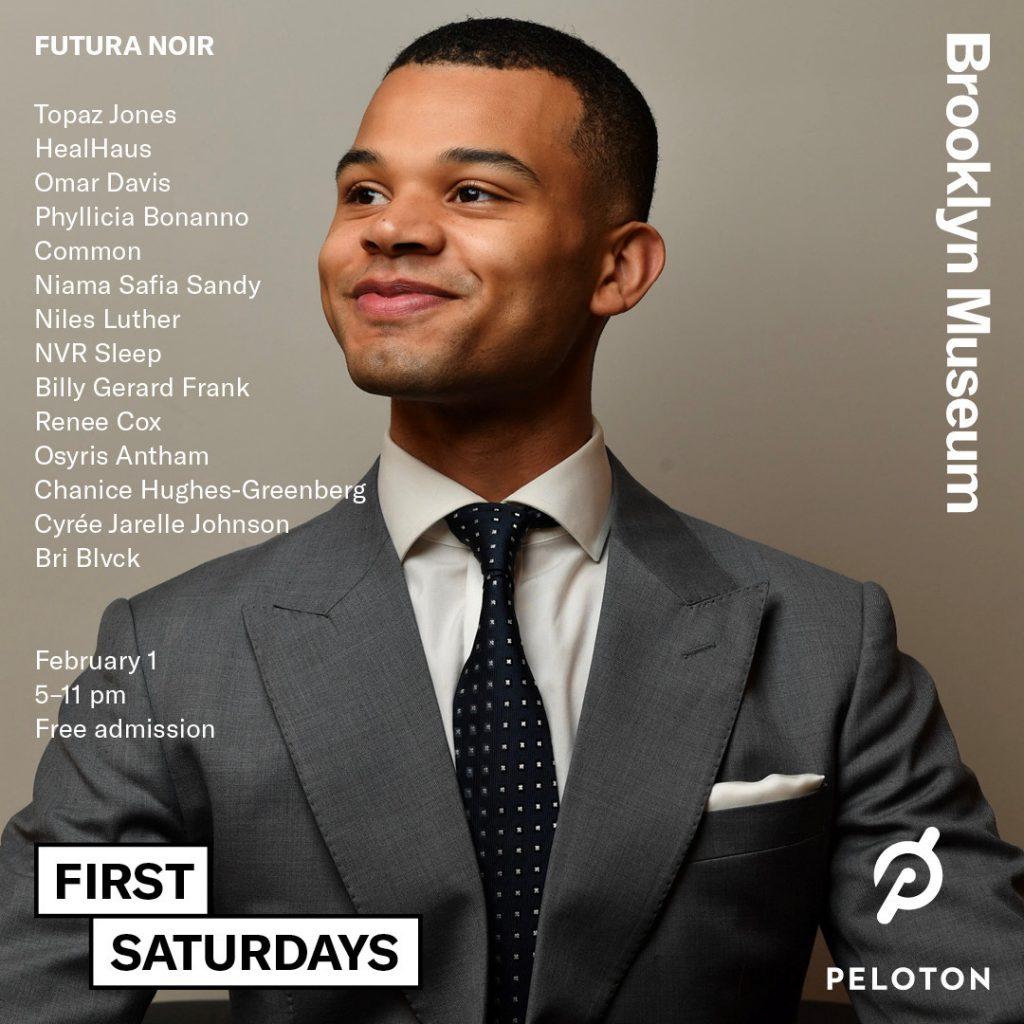YHWH
- I. Gendarme 00:00
- II. Sehnsucht 00:00
- III. Bergschrund 00:00
- IV. Snow Dance 00:00
- V. Smile 00:00
- VI. Sinking Moon 00:00
- VII. Encounter 00:00
About
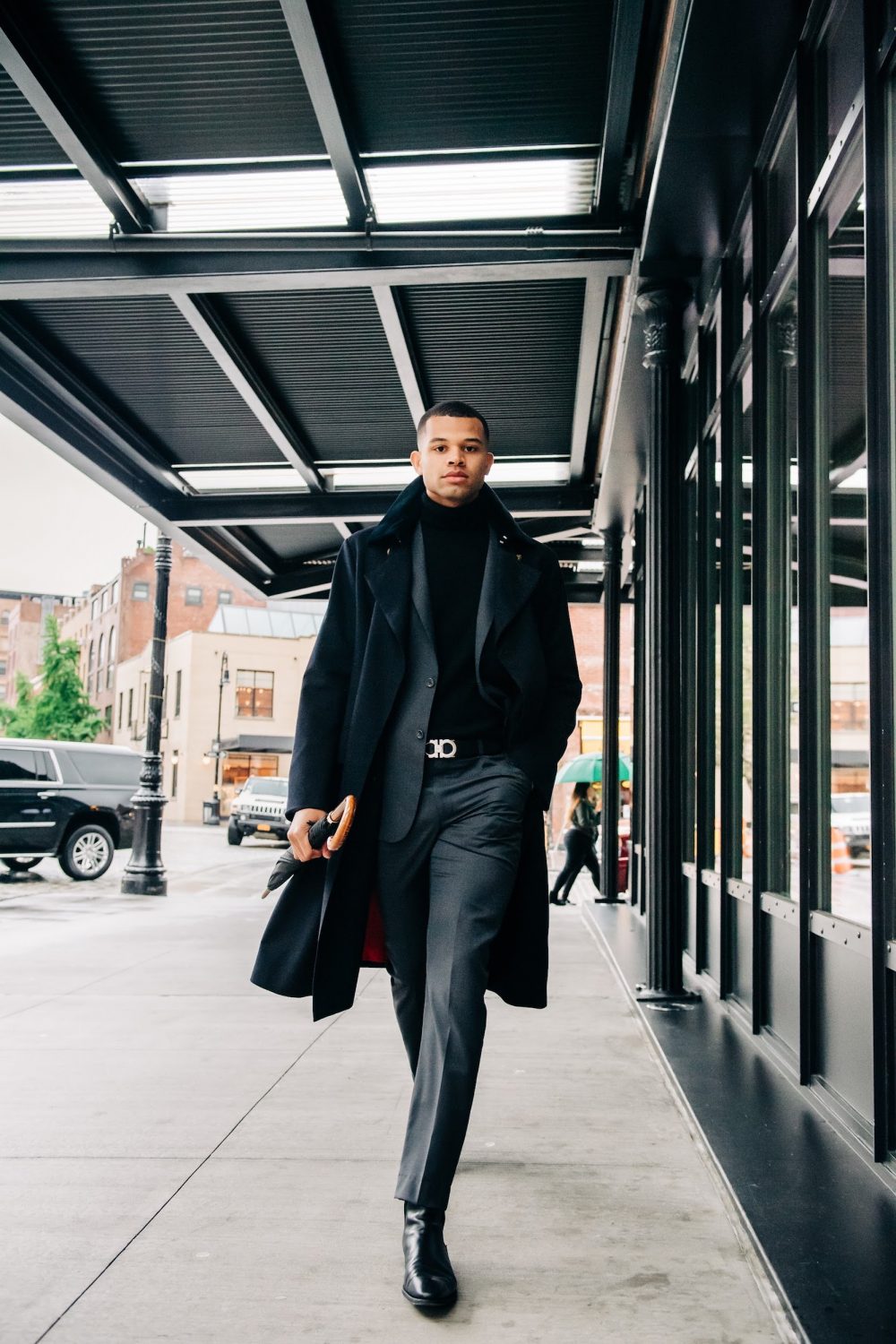
bio
Niles Luther is a New York based composer and cellist who endeavors to bridge the gap between art forms by borrowing from the classical tradition and lending its sustained excellence to the artistic and musical idioms of the contemporary era. Known for his instinctive musicality, artistic flexibility, and charismatic performance style, Luther means to synthesize his experience within the institution of classical music and his reality as a young Ugandan-American man in an effort to diversify the sonic and artistic landscapes of the 21st century.
As a classically trained instrumentalist, Luther has studied the violoncello with professors Ole Akahoshi of the Yale School of Music, and Wolfram Koessel of the Manhattan School of Music. He has won prizes in both the Lilian Fuchs Chamber Music Competition and the Ruth Widder String Quartet Competition in Manhattan School of Music’s 2016, 2017, and 2018 academic school years. Because of his dedication to chamber music, Luther was awarded the cello he currently plays in a long-term loan from violinist Laurie Carney of the American String Quartet. Additionally, he was selected to be one of three American cellists to participate in an international cello festival hosted by the Shanghai Conservatory of Music in celebration of their 90th anniversary. The festival consisted of solo performances, masterclasses, and cello ensemble work led by renown cellist Jian Wang in November of 2017. Luther has served artist residences at the Greenfield Hill Congregational Church in Fairfield, CT and Christ Church in Summit, NJ where he would regularly perform classical solo and chamber works. The latter residency was offered by church composer Mark A. Miller for the 2016-2018 seasons. Luther would collaborate weekly with Miller, performing his latest compositions for cello and helping to contract small chamber orchestras for Miller’s larger commissions.
In addition to his classically oriented performance work, Luther served as principal cellist for the Rootstock Republic contracting agency from 2016-2017. Due to this position Luther has performed with OneRepublic on Good Morning America. Additionally Luther has performed on The Tonight Show Starring Jimmy Fallon, and Late Night with Seth Meyers, working with artists such as Solange Knowles, Bastille, Common, De La Sol, Estelle, BJ the Chicago Kid, SEAL, The Roots, Mac Miller, and Bilal. Most of these performances were on the subjects of racial equality and social justice.
vision
To officiate a marriage between the classical tradition and the modern ethos. The purpose being not to bury one’s head in the museum of antiquity, or to become fleetingly relevant, but to study the past in search of a sustainability that will propel relevancies of the present into the timelessness of the future. More specifically to query the music of the past for the nature of its permanence, and apply those verities to the music cherished by the common human in the modern era, so as to beget a newness in the canon, and provide depth to the greater populace.
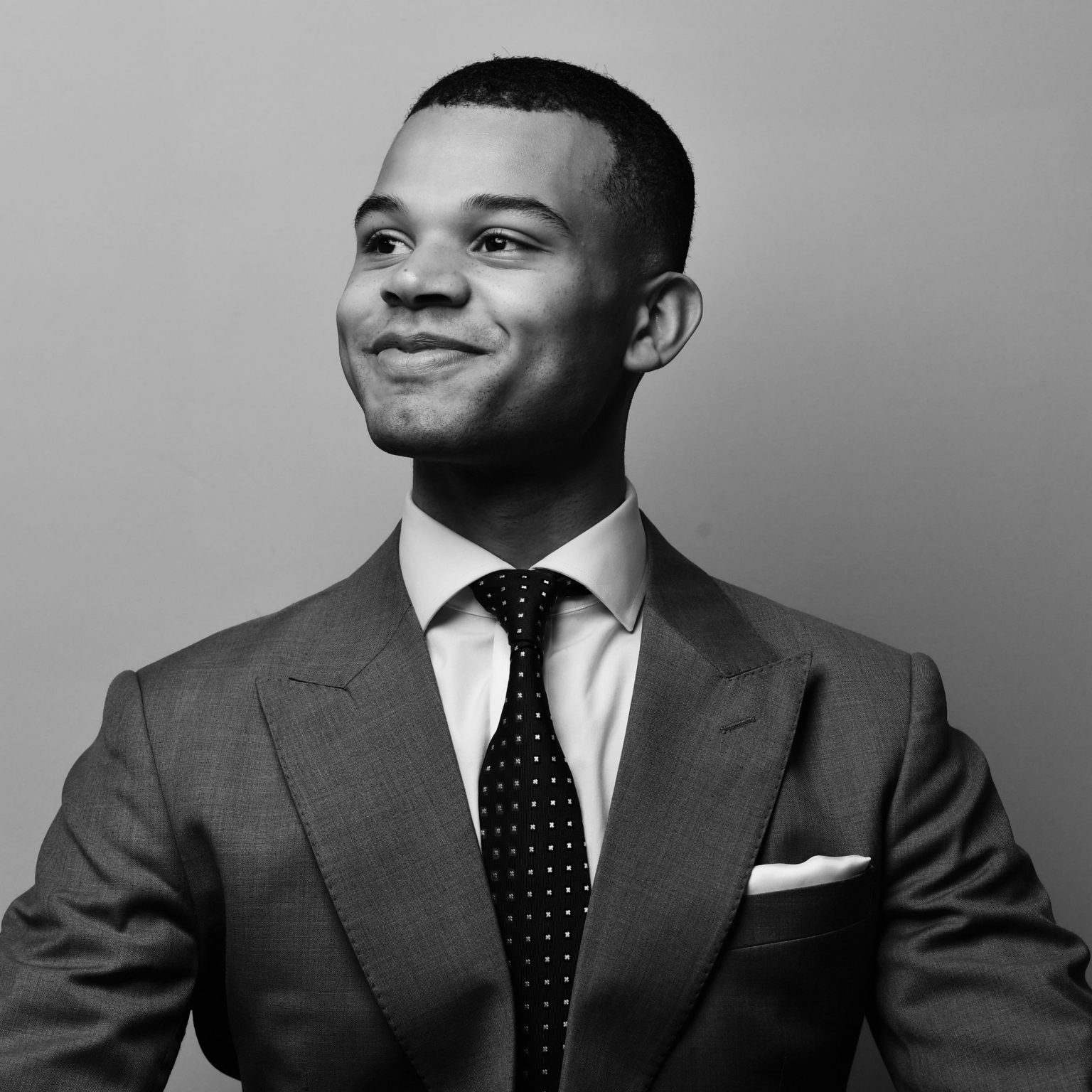
Luther was the principal cellist on the score for the Oscar-nominated movie Mudbound (directed by Dee Rees with music by Tamar-kali), later bought by Netflix after its Sundance debut, as well as cellist for the limited run Broadway show Rocktopia in the spring of 2018. He also served as on-site contractor for the recording session of Alexandre Desplat’s Little Women film score in the summer of 2019.
In May of 2019, upon his graduation with a bachelor’s degree in classical cello performance from Manhattan School of Music, and after successful completion of his first composition (a score for Kehinde Wiley’s art film Tahiti which debuted at Galerie Templon in Paris), Luther was offered the position of Musical Director for the Kehinde Wiley Studio, where he now serves as resident cellist, composer, contractor, and producer. In addition to numerous performances on behalf of the studio, Wiley and Luther have collaborated on the production and site-specific installation of several art films, each in representation of Wiley’s latest body of work at galleries in New York, London, and Paris. The most recent film, The Yellow Wallpaper, debuted in London at the William Morris Gallery with additional support from the Stephen Friedman Gallery in February of 2020. The films’ original score was composed, recorded, and produced by Luther.
Luther was most recently seen in February of 2020 when Brooklyn Museum asked him to curate, produce, and perform a concert to kick off Black History Month and the First Saturday event series at the museum, as well as represent the Kehinde Wiley Studio in the opening of the new exhibition “Jacques Louis David meets Kehinde Wiley”. The concert program included baroque and classical French works as well as the US debut of “Nocturne No. 1 in c minor ‘Chant d’espoire’”, Luther’s original score commissioned for Wiley’s Tahiti art film.
Luther believes that ultimate purpose and meaning lie within the divining of truth. For him, it is through the vehicle of art, through the vessel of music, through the violoncello. However, he still finds time to pursue his many and varied interests which include fashion, design, psychology, philosophy, space travel, renewable energy, bushcraft, and high-altitude winter mountaineering!
click the logo for more

vision
To officiate a marriage between the classical tradition and the modern ethos. Not to bury one’s head in the museum of antiquity, or to become fleetingly relevant, but to study the past in search of a sustainability that will propel relevancies of the present into the timelessness of the future. To query the music of the past for the nature of its permanence, and apply those verities to the music cherished by the common human in the modern era, so as to beget a newness in the canon, and provide depth to the greater populace.

bio
Niles Luther is a New York based composer and cellist who endeavors to bridge the gap between art forms by borrowing from the classical tradition and lending its sustained excellence to the artistic and musical idioms of the contemporary era. Known for his instinctive musicality, artistic flexibility, and charismatic performance style, Luther means to synthesize his experience within the institution of classical music and his reality as a young Ugandan-American man in an effort to diversify the sonic and artistic landscapes of the 21st century.
As a classically trained instrumentalist, Luther has studied the violoncello with professors Ole Akahoshi of the Yale School of Music, and Wolfram Koessel of the Manhattan School of Music. He has won prizes in both the Lilian Fuchs Chamber Music Competition and the Ruth Widder String Quartet Competition in Manhattan School of Music’s 2016, 2017, and 2018 academic school years. Because of his dedication to chamber music, Luther was awarded the cello he currently plays in a long-term loan from violinist Laurie Carney of the American String Quartet. Additionally, he was selected to be one of three American cellists to participate in an international cello festival hosted by the Shanghai Conservatory of Music in celebration of their 90th anniversary. The festival consisted of solo performances, masterclasses, and cello ensemble work led by renown cellist Jian Wang in November of 2017. Luther has served artist residences at the Greenfield Hill Congregational Church in Fairfield, CT and Christ Church in Summit, NJ where he would regularly perform classical solo and chamber works. The latter residency was offered by church composer Mark A. Miller for the 2016-2018 seasons. Luther would collaborate weekly with Miller, performing his latest compositions for cello and helping to contract small chamber orchestras for Miller’s larger commissions.
In addition to his classically oriented performance work, Luther served as principal cellist for the Rootstock Republic contracting agency from 2016-2017. Due to this position Luther has performed with OneRepublic on Good Morning America. Additionally Luther has performed on The Tonight Show Starring Jimmy Fallon and Late Night with Seth Meyers working with artists such as Solange Knowles, Bastille, Common, De La Sol, Estelle, BJ the Chicago Kid, SEAL, The Roots, Mac Miller, and Bilal. Most of these performances were on the subjects of racial equality and social justice.
Luther was the principal cellist on the score for the Oscar-nominated movie Mudbound (directed by Dee Rees with music by Tamar-kali), later bought by Netflix after its Sundance debut, as well as cellist for the limited run Broadway show Rocktopia in the spring of 2018. He also served as on-site contractor for the recording session of Alexandre Desplat’s Little Women film score in the summer of 2019.
In May of 2019, upon his graduation with a bachelor’s degree in classical cello performance from Manhattan School of Music, and after successful completion of his first composition (a score for Kehinde Wiley’s art film Tahiti which debuted at Galerie Templon in Paris), Luther was offered the position of Musical Director for the Kehinde Wiley Studio, where he now serves as resident cellist, composer, contractor, and producer. In addition to numerous performances on behalf of the studio, Wiley and Luther have collaborated on the production and site-specific installation of several art films, each in representation of Wiley’s latest body of work at galleries in New York, London, and Paris. The most recent film, The Yellow Wallpaper, debuted in London at the William Morris Gallery with additional support from the Stephen Friedman Gallery in February of 2020. The films’ original score was composed, recorded, and produced by Luther.
Luther was most recently seen in February of 2020 when Brooklyn Museum asked him to curate, produce, and perform a concert to kick off Black History Month and the First Saturday event series at the museum, as well as represent the Kehinde Wiley Studio in the opening of the new exhibition “Jacques Louis David meets Kehinde Wiley”. The concert program included baroque and classical French works as well as the US debut of “Nocturne No. 1 in c minor ‘Chant d’espoire’”, Luther’s original score commissioned for Wiley’s Tahiti art film.
Luther believes that ultimate purpose and meaning lie within the divining of truth. For him, it is through the vehicle of art, through the vessel of music, through the violoncello. However, he still finds time to pursue his many and varied interests which include fashion, design, psychology, philosophy, space travel, renewable energy, bushcraft, and high-altitude winter mountaineering!
click the logo for more
Services
“For me, to perform is to sublimate and musicalize what it means to live a life fully human.” – Niles Luther
“My music attempts to express the archetypal stories of humanity:
The Struggle of the Oppressed,
The Will to Overcome,
The Desire to be Free,
and The Search for Meaning.” – Niles Luther
“I wish to globalize a stage wherein ethnic diversity, musical passion, and quality of sound synthesize to produce the ultimate sonic experience.” – Niles Luther
“For me, music production is the simultaneous amplification and canonization of new musical works that pay homage to the great classical tradition.” – Niles Luther
projects

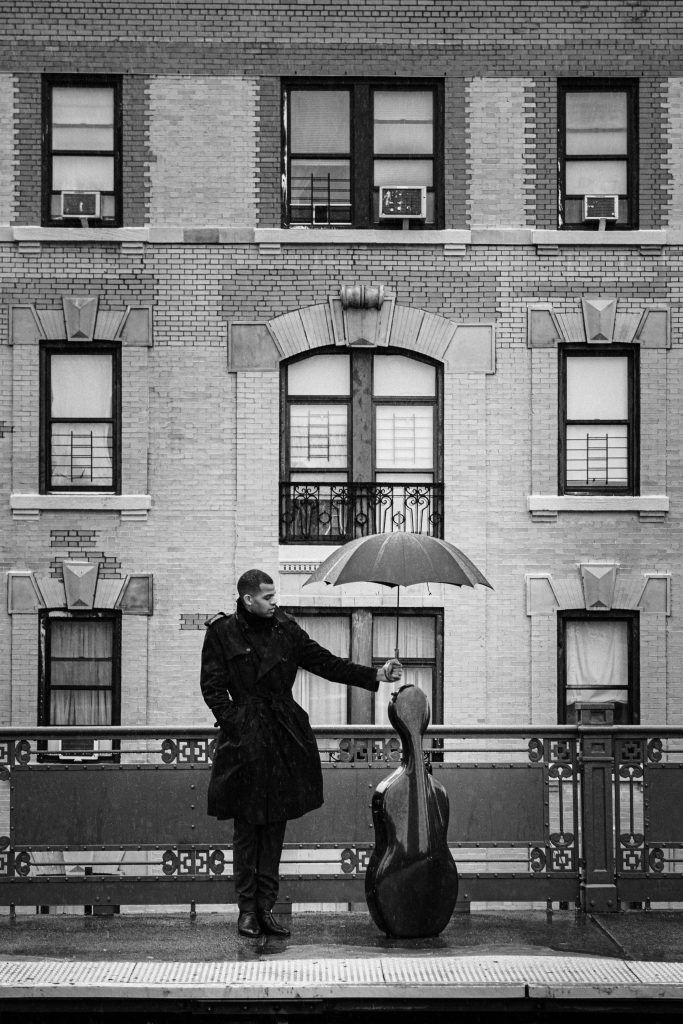
Luther’s project philosophy prioritizes collaboration as the method through which cultural growth can occur. His collaborative style can be likened to that found in the classical string quartet–in so much that the sensitive quartet is often greater as a whole than the sum of its individual members. That augmented greatness, which first appears in the margin, beyond what any individual could conjure up themselves, is what makes collaborative work so meaningful. Taken with this concept, Luther approaches collaboration with the mindset that full dedication to an artistic idea, even if that idea leads into intellectual uncertainty, even if that idea teeters on the edge of impossibility, staring tradition in the face, accepting it for what it is, and then turning its back, can generate something truly extraordinary. He means to utilize the diversity of thought and culture and understanding found within a group of people as the vehicle by which they will push the envelope of artistic possibility, not merely for the sake of forward movement, but in the knowledge that such daring will lead to groundbreaking artistic discovery.
Thusly, we flourish.
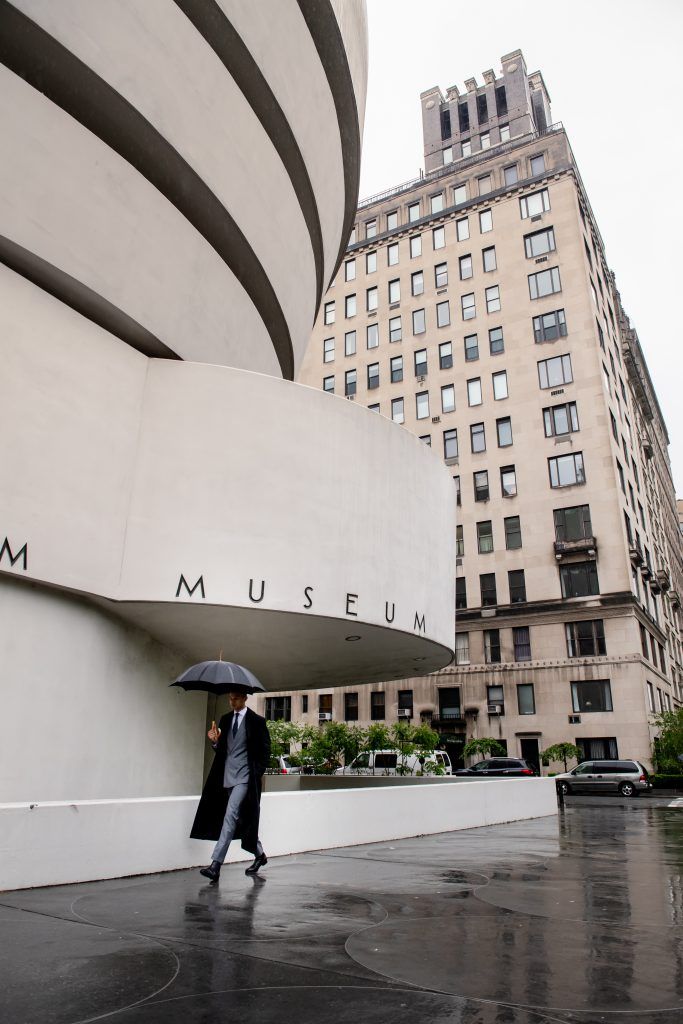
projects
Luther’s project philosophy prioritizes collaboration as the method through which cultural growth can occur. His collaborative style can be likened to that found in the classical string quartet–in so much that the sensitive quartet is often greater as a whole than the sum of its individual members. That augmented greatness, which first appears in the margin, beyond what any individual could conjure up themselves, is what makes collaborative work so meaningful. Taken with this concept, Luther approaches collaboration with the mindset that full dedication to an artistic idea, even if that idea leads into intellectual uncertainty, even if that idea teeters on the edge of impossibility, staring tradition in the face, accepting it for what it is, and then turning its back, can generate something truly extraordinary. He means to utilize the diversity of thought and culture and understanding found within a group of people as the vehicle by which they will push the envelope of artistic possibility, not merely for the sake of forward movement, but in the knowledge that such daring will lead to groundbreaking artistic discovery.
Thusly, we flourish.
featured work
featured work
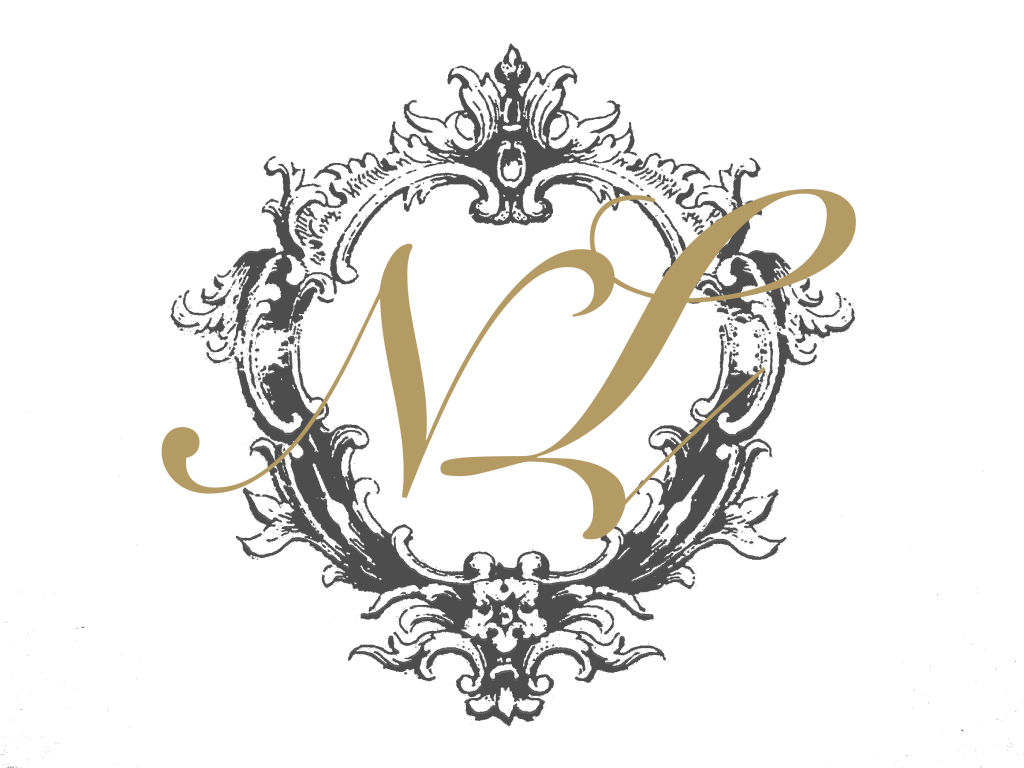
Program Notes
The Yellow Wallpaper
Original Score By Niles luther
Scene 1: Harp Prelude
This music was really meant to capture the antiquated energy of William Morris’s summer home… the airy and open garden, the blue skies, the summer breeze. Originally I was hoping to write for a keyboard instrument like Harpsichord, but ended up settling on Harp. I took a decent amount of inspiration from Francois Couperin’s preludes for harpsichord, as well as Bach’s. I was particularly interested in the rolling chords of these masters works and how the harmonic movement in said chords provide a changing emotional landscape.
Scene 2: In the Garden
The idea here was to have the clarinet bring in this sweet and romantic melody, supported by the whimsy of two cellos and a bass. Obviously very rich tonal harmony… my harmonic decisions here were led by the desire to capture how it might feel to be in a garden surrounded by the aroma of beautifully fragrant flowers, fully aware, simultaneously, of ones own confinement by the garden walls. This echoes what is briefly talked about in the film about how the wallpaper has a kind of “subpattern in a different shade”; going beneath the simple beauty of the floral design to describe something darker. This music takes inspiration from the romantic era. I’m specifically influenced by the simple melodies and rich harmonies of Alfredo Piatti and his caprices, as well as the opening theme of the second movement of Maurice Ravel’s Concerto for Piano in G Major.
Scene 3: Yellow Wallpaper
This music was originally to be played directly after the harp prelude, but I ended up rearranging the structure. Again we are brought back to a more antiquated time by the simple timbre of the harps throbbing syncopations. However, and perhaps unexpectedly, the clarinet comes back with a more romantic melody, which is later supported by the cello. I took inspiration from the texts discussion of the yellow wallpaper changing character as the light changes above it, and this was the moment I thought of adding clarinet. The music is not meant to be deep, but light, like actual light. For me there is a condition to depth that requires a certain amount of darkness; almost as if darkness and pain are prerequisites to depth.
Scene 4: Epping Forest
This is my favorite music in the film and a movement I wrote perhaps a bit removed from the actual film itself and more from an internal creative place. Epping Forest was where William Morris spent quite a bit of time as a youth… something I find to be a romantic piece of information; a young youth discovering himself in a forest of wonders. Pictures of Epping Forest also help support such an idea. On perhaps a more relevant note, the time signature of 6/8, the structure of the melody, and the choice of the 2 against 3 rhythm in the clarinet and bassoon, was subconsciously and yet highly influenced from Philip Glass’s “The Poet Acts” which was a track he wrote for the film “The Hours”, a movie about the life and death of Virginia Woolf.
Commissioned by the
Kehinde Wiley Studio
The Yellow Wallpaper
The Yellow Wallpaper is an original score composed and produced by Niles Luther, commissioned by the Kehinde Wiley Studio, for a film of the same name. The music seeks to support the films exploration of the contours of femininity and insanity, through the 19th century text of American novelist Charlotte Perkins Gillman, as well as the 19th century work of English painter William Morris.
Harp — Yun Chai Lee
Clarinet — Juhyun Lee
Violoncello — Niles Luther
Bassoon — Damian Primis
Double Bass — Christopher Johnson

Program Notes
The Yellow Wallpaper
Original Score By Niles luther
Scene 1: Harp Prelude
This music was really meant to capture the antiquated energy of William Morris’s summer home… the airy and open garden, the blue skies, the summer breeze. Originally I was hoping to write for a keyboard instrument like Harpsichord, but ended up settling on Harp. I took a decent amount of inspiration from Francois Couperin’s preludes for harpsichord, as well as Bach’s. I was particularly interested in the rolling chords of these masters works and how the harmonic movement in said chords provide a changing emotional landscape.
Scene 2: In the Garden
The idea here was to have the clarinet bring in this sweet and romantic melody, supported by the whimsy of two cellos and a bass. Obviously very rich tonal harmony… my harmonic decisions here were led by the desire to capture how it might feel to be in a garden surrounded by the aroma of beautifully fragrant flowers, fully aware, simultaneously, of ones own confinement by the garden walls. This echoes what is briefly talked about in the film about how the wallpaper has a kind of “subpattern in a different shade”; going beneath the simple beauty of the floral design to describe something darker. This music takes inspiration from the romantic era. I’m specifically influenced by the simple melodies and rich harmonies of Alfredo Piatti and his caprices, as well as the opening theme of the second movement of Maurice Ravel’s Concerto for Piano in G Major.
Scene 3: Yellow Wallpaper
This music was originally to be played directly after the harp prelude, but I ended up rearranging the structure. Again we are brought back to a more antiquated time by the simple timbre of the harps throbbing syncopations. However, and perhaps unexpectedly, the clarinet comes back with a more romantic melody, which is later supported by the cello. I took inspiration from the texts discussion of the yellow wallpaper changing character as the light changes above it, and this was the moment I thought of adding clarinet. The music is not meant to be deep, but light, like actual light. For me there is a condition to depth that requires a certain amount of darkness; almost as if darkness and pain are prerequisites to depth.
Scene 4: Epping Forest
This is my favorite music in the film and a movement I wrote perhaps a bit removed from the actual film itself and more from an internal creative place. Epping Forest was where William Morris spent quite a bit of time as a youth… something I find to be a romantic piece of information; a young youth discovering himself in a forest of wonders. Pictures of Epping Forest also help support such an idea. On perhaps a more relevant note, the time signature of 6/8, the structure of the melody, and the choice of the 2 against 3 rhythm in the clarinet and bassoon, was subconsciously and yet highly influenced from Philip Glass’s “The Poet Acts” which was a track he wrote for the film “The Hours”, a movie about the life and death of Virginia Woolf.
Commissioned by the
Kehinde Wiley Studio
Scene 1: harp Prelude
- Scene 1: Harp Introduction 00:00
Scene 2: In the Garden
- Scene 2: In the Garden 00:00
Scene 3: Yellow Wallpaper
- Scene 3: Yellow Wallpaper 00:00
Scene 4: Epping Forest
- Scene 4: Epping Forest 00:00
Nocturne no. 1 in c minor
Nocturne No. 1 in C minor: ‘chant d’espoire’ is an original score composed, recorded, and produced by Niles Luther, commissioned by the Kehinde Wiley Studio, for the art film Tahiti. The thru-composed work juxtaposes the standard classical form with traditional aspects of South-East Polynesian music, engaging the French colonization of Tahiti in 1880. The work discusses the following question through music: Is assimilation tolerance of oppression?
Solos — Niles Luther
Violoncello I — Niles Luther
Violoncello II — Wolfram Koessel
Violoncello III — Ole Akahoshi
Percussion — Domo Branch
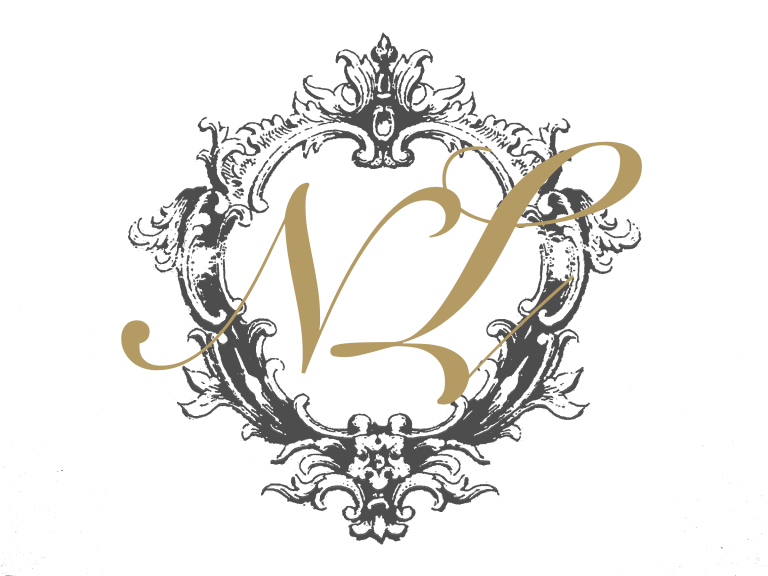
Program Notes
Nocturne No. 1 in c minor
"chant d'espoire"
Original Score By Niles luther
I. Avec conviction et avec
une tristesse rigoureuse
Perhaps a bit tongue in cheek, perhaps not, the first movement of this work is named after Erik Satie’s 6th Gnossienne, which includes the tempo marking “Avec conviction et avec une tristesse rigoureuse”. I find it quite fascinating the way French composers of the late 19th/early 20th century would use long poetic phrases to describe tempo and character. I tried to continue that tradition by paying homage to Satie’s work. “With conviction, and with a rigorous sadness”… I found that that came to be what I wished to express with this movement. I attempted to capture the European sound through its form, rhythm, lyricism, melody, and harmony. The first two movements sonically represent two opposing bodies: the French and the Tahitian. The music is to be played aggressively and with conviction while shifting suddenly to a soft and elegant richness. Frequently in the recording session I would ask my colleagues to play dirtier, rougher, and harsher… three adjectives that wouldn’t normally be associated with a French interpretation. However, I wished to capture the violent energy of colonization, and yet simultaneously, I did not wish to lose the lilting and effortless French grace. The melody heard within the first 30 seconds, directly after the introduction, played by the solo cello, became the foundational underpinning for the piece. I built out the entirety of the first movement from that melody, and then return to it in the 3rd movement, making the overall structure of the piece a large A-B-A.
II. La Nouvelle Cythère
The second movement, entitled La Nouvelle Cythère, is named of course for Tahiti. La Nouvelle Cythère is the name that the French gave to the tropical island when they landed on the beaches. “The New Love” was named thusly due to the sexual freedom Tahitians possessed which was sorely lacking in the rigid 19th century French culture. Of course this freedom was massively exploited by the explorers. Still, I tried to put to music that Tahitian sensuality. The movement opens with a very rhythmic and ukulele like style with the cellos plucking very simple chords. I wanted to see how well I could create the illusion of ‘otherness’ on instruments that are so historically European. I added percussion specifically for this movement because drumming and dancing are key components to the Tahitian culture. Halfway through the movement the cellos switch to arco and we are once more reminded of classical Europe. I wanted this music to be a nonverbal conversation… can the European sound eventually blend with the Tahitian? In the second half of the movement we witness, what I feel, to be the sensuality that Tahiti was known for, musicalized in cellos shifting in octave glissandi, giving a more tactile feeling of intimacy. The melody for this section was adapted from a traditional Tahitian tune found in an archived manuscript at Lincoln Center’s Performance Library in NYC.
III. Chant d'espoire
The 3rd movement is named for the subtitle of the work: Song of Hope. I’ll say little on this movement’s deeper subtext as the question I pondered throughout the work, as to whether or not assimilation is tolerance of oppression, is a question we all must answer for ourselves.
Performance Note:
A quick note that the orchestration of 3 celli was chosen as the film was presented as a triptych. A speaker was installed above each screen in the gallery space, so that each side of the triptych would have its own cello to represent it.
Commissioned by the
Kehinde Wiley Studio
I. Avec conviction et avec une tristesse rigoureuse
- Nocturne 1 00:00
II. La Nouvelle Cythère
- Nocturne 2 00:00
III. Chant d'espoire
- Nocturne 3 00:00


















